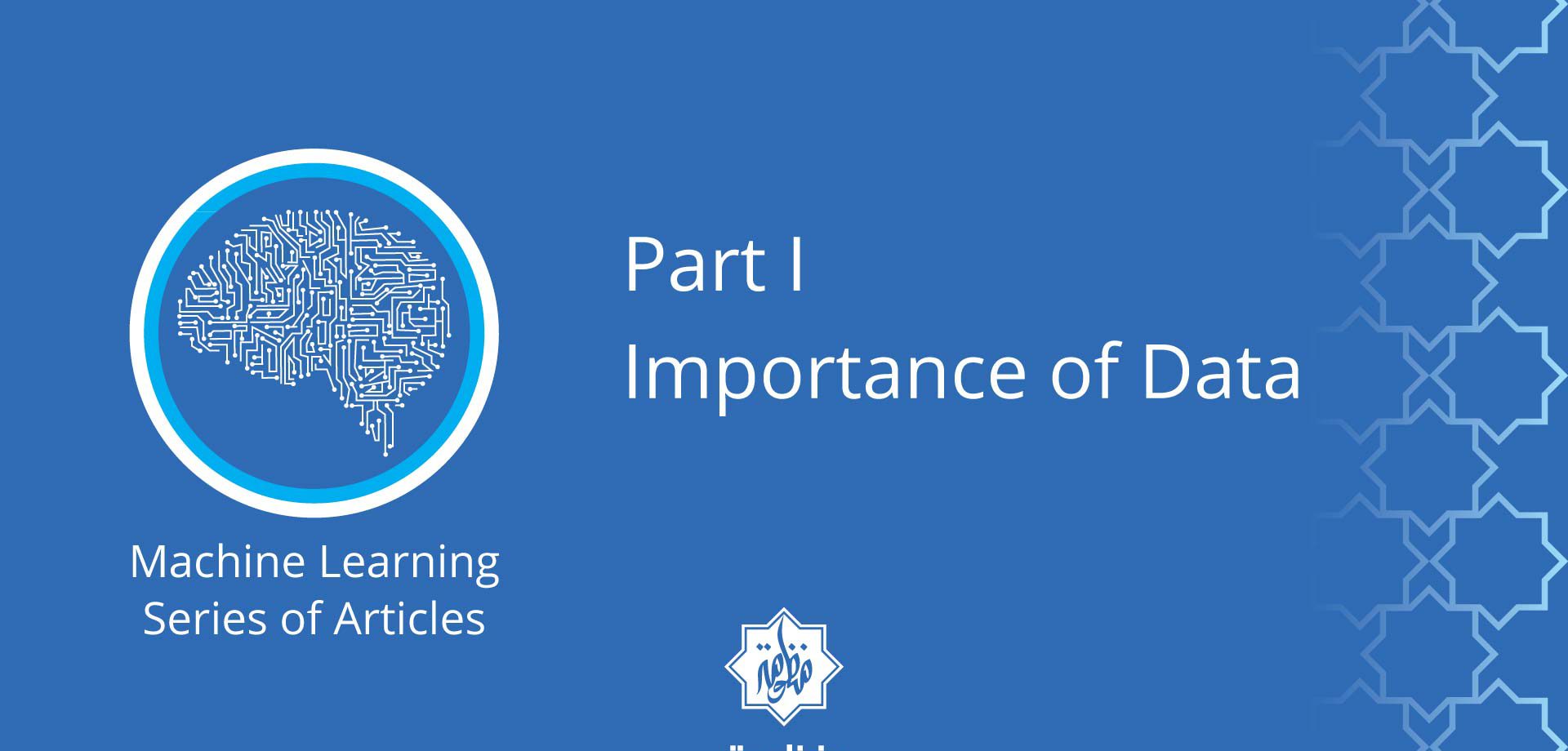Transactional data is incredibly important for businesses because it helps them to expose variability and optimize their operations.
By examining large amounts of data, it is possible to uncover hidden patterns and correlations. These patterns can create competitive advantages, and result in business benefits like more effective marketing and increased revenue.
What we can do if we have large amount of data?
We can apply Statistics
According to Wikipedia, Statistics is a branch of mathematics dealing with the collection, analysis, interpretation, presentation, and organization of data.
In other word, if we have large amount of data we can apply statistics for quantifying the data. Whether customer relationships data or assets maintenance information or supplier and service level agreements data, using a well-known mathematical equations we can have numerical values that represent indicators and measurements.
We can mine the data
Now we have the data and its statistics. Statistics can’t give us meaningful patterns by itself but Data mining can. Data mining is the computing process of discovering patterns in large data sets. It’s a process used to extract usable data from a larger set of any raw data. In other word it’s a knowledge discovery.
We can apply machine learning
Now we have a good understanding of our own data. We now know the patterns and the relations in our data. But can we use this patterns and relations to make a good predication to the future?
Machine learning is about making predictions.
Machine learning gives computers the ability to learn without being explicitly programmed “Arthur Samuel in 1959”.
Machine learning focuses on the development of computer programs that can change when exposed to new data.
Giving existing and sufficient data, we can apply one or more machine learning algorithm to build a predictive model that has the ability to process new data and give a good predictions.
Big Data
Big data describes datasets that are so large, complex, or rapidly changing that they push the very limits of our analytical capability.
It’s a subjective term: What seems “big” today may seem modest in a few years when our analytic capacity has improved.
While big data can be about anything, the most important kinds of big data — and perhaps the only ones worth the effort — are those that can have a big impact through what they tell us about society, public health, the economy, scientific research, or any number of other large-scale subjects.


